Out of Time by R.E.M.
Buy Out of Time Following the success of R.E.M.‘s 1988 album Green and the extensive supporting tour which followed, the band took nearly a year to recuperate before reconvening to produce their next […]

Buy Out of Time Following the success of R.E.M.‘s 1988 album Green and the extensive supporting tour which followed, the band took nearly a year to recuperate before reconvening to produce their next […]
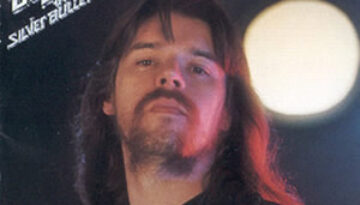
Buy Night Moves Although this album was his first real breakthrough, Night Moves is actually the ninth overall studio album by Bob Seger. Starting off in his home Detroit area, his career dated […]
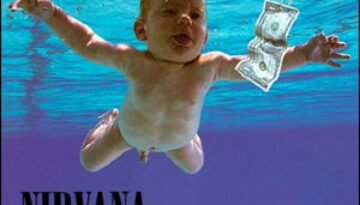
Buy Nevermind I was born on the same day in February 1991 that Kurt Cobain, the lead singer, guitarist, and principle songwriter for Nirvana, celebrated his twenty fifth birthday. Later that same year, […]
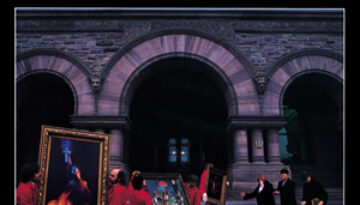
Buy Moving Pictures Since the arrival of drummer Neil Peart in the summer of 1974, Rush had produced six consecutive quality albums rock albums, up to and including Permanent Waves in 1980. Then […]
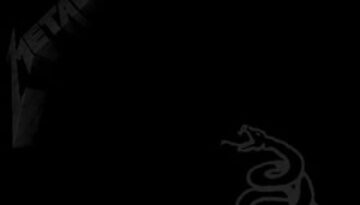
Buy Metallica After four studio albums and ever-building popularity in the 1980s, heavy metal band Metallica felt they were poised for their artistic breakthrough. During the summer of 1990, the band got together […]
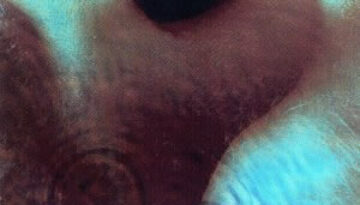
Buy Meddle In 1967, Pink Floyd released their debut album, The Piper at the Gates of Dawn, a fantastic work led by the talented songwriting of lead singer & guitarist Syd Barrett. That […]
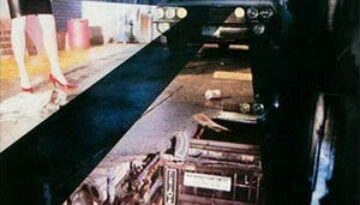
Buy Mean Business After the big success of their eponymous 1985 debut, the super-group The Firm followed up with their sophmore release in early 1986 called Mean Business, which would end up being […]
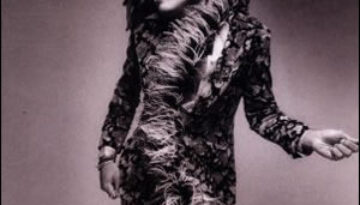
Buy Mama Said Lenny Kravitz followed up his brilliant 1989 debut, Let Love Rule with Mama Said two years later. Although many critics thought this sophomore effort paled in comparison, Mama Said was […]
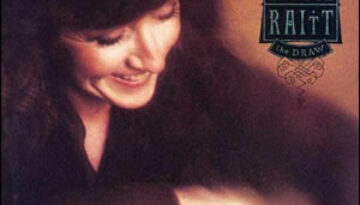
Buy Luck of the Draw It had taken nearly two decades for Bonnie Raitt to achieve the commercial success that critics had long felt she would achieve. That success came with Raitt’s 1989 […]
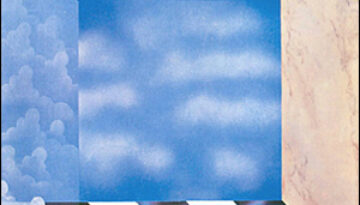
Buy Low Spark of High-Heeled Boys Traffic reached a level of distinction with the second album of the second incarnation of the band (their fifth album overall). The Low Spark of High-Heeled Boys […]